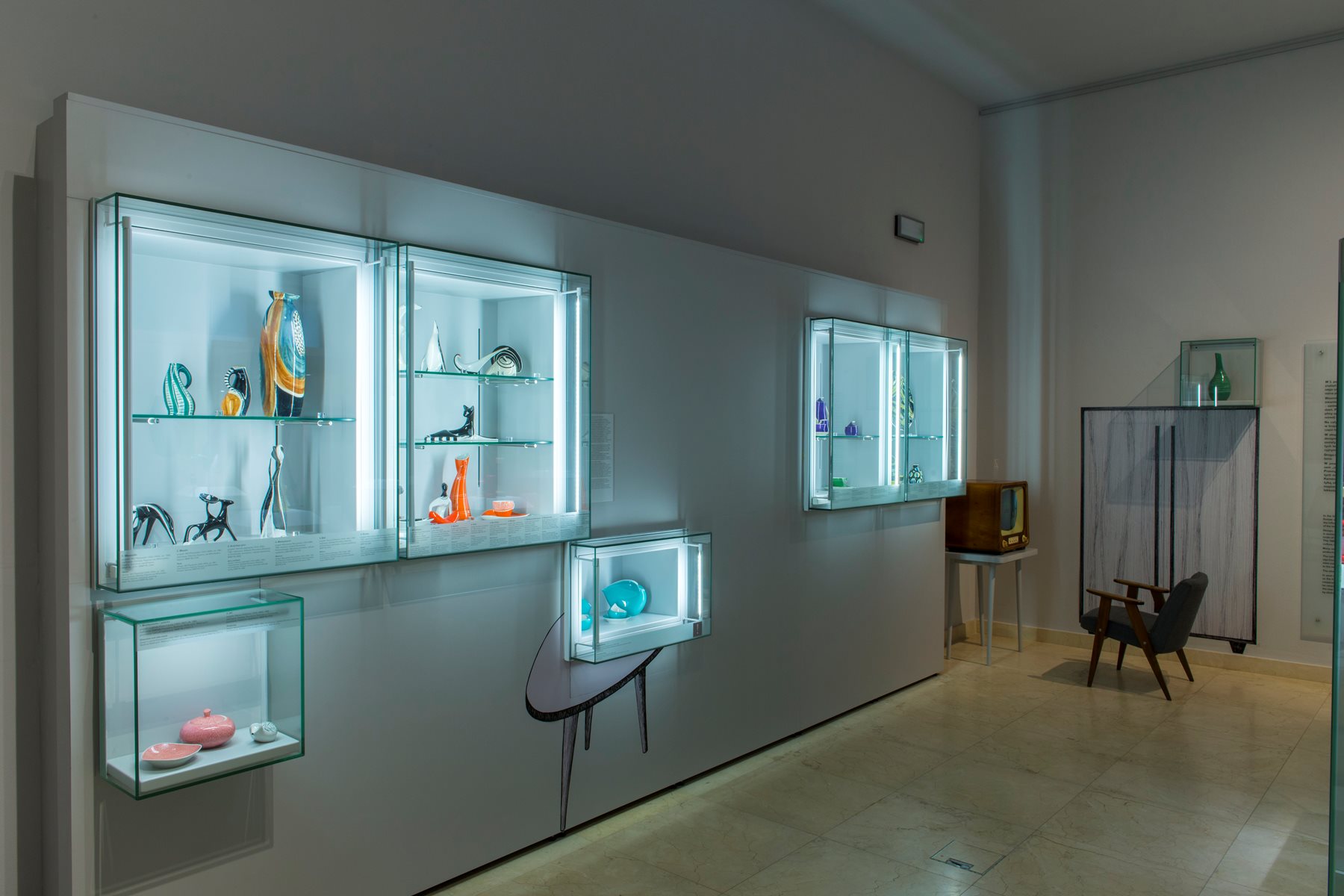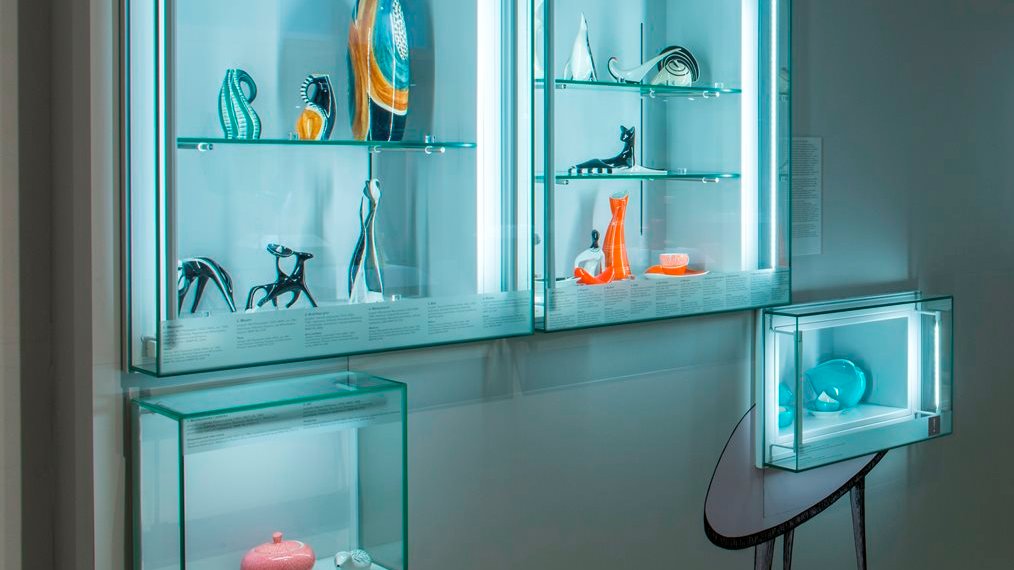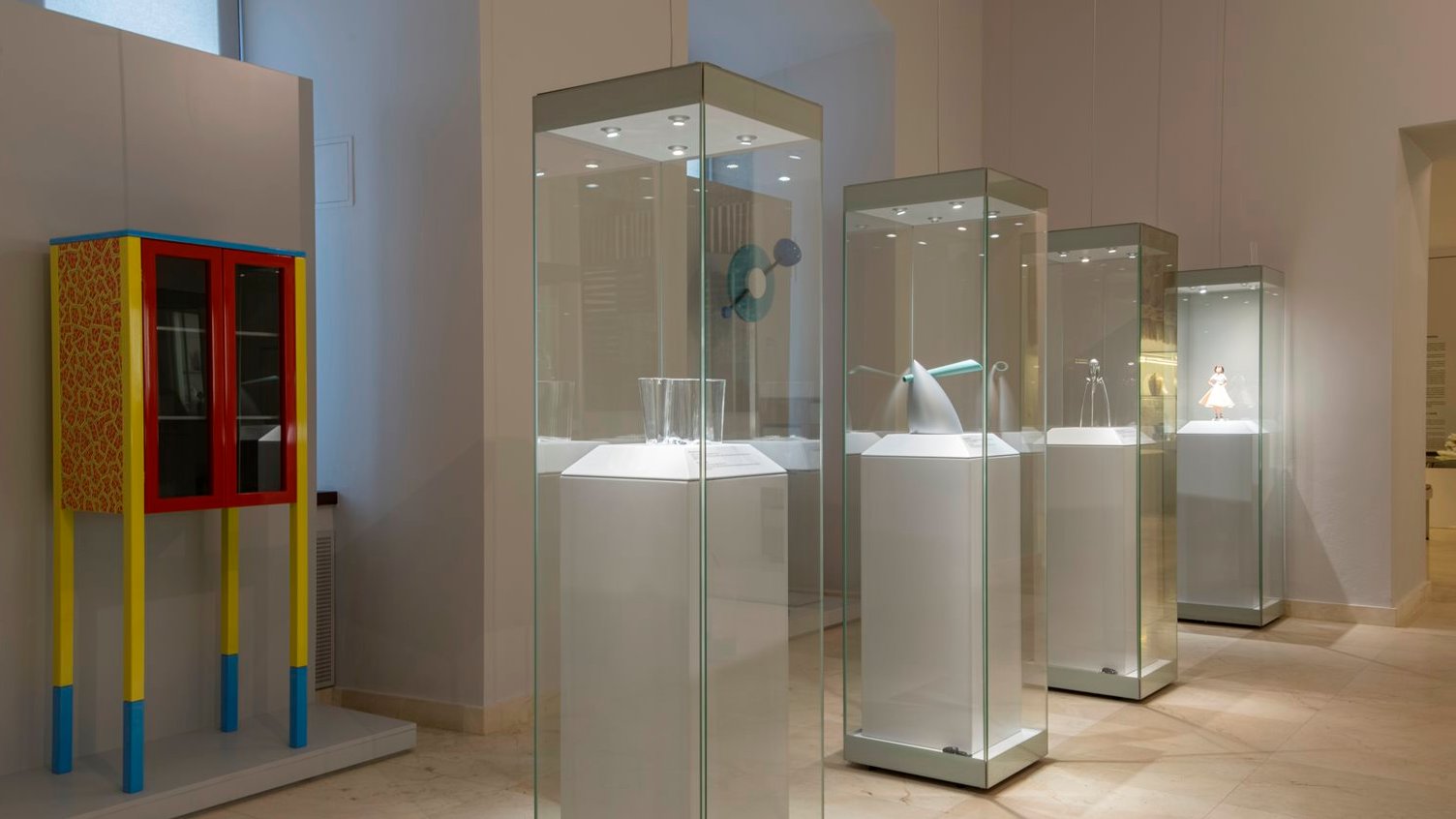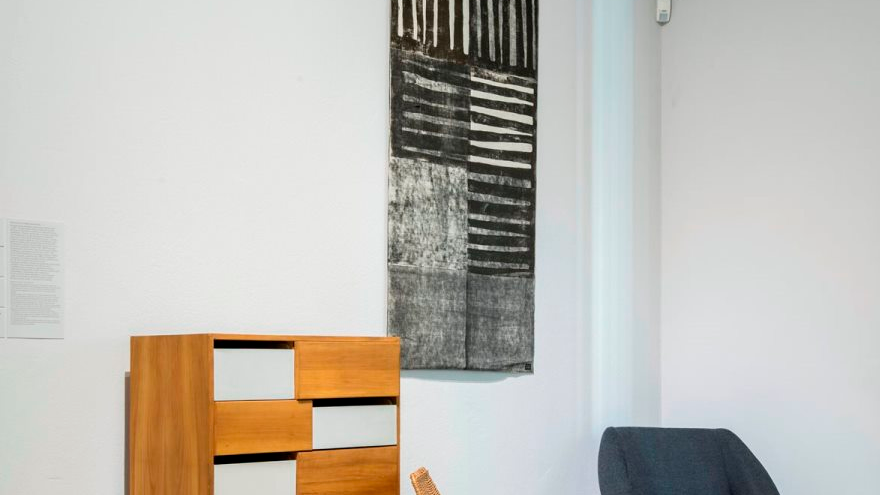Good design at arm's reach

On entering the display room, your attention will immediately be drawn to a Barbie doll stylised to resemble a character played by Audrey Hepburn. It is not there without reason. The Barbie stands not only for internationalisation and the consumer life-style, but also for the emancipation of women, who gained new opportunities for self-fulfilment with the advent of this new era. Many of them found it in designing works of applied art.
Moving on, the layout of the room reflects the cultural divide that defined late-20th century design, embodied by the Iron Curtain. One of its two zones is devoted to global design. Note in particular the futuristic Hot Bertaa kettle and the Juicy Salif lemon squeezer by Philipp Starck, that closely resembles a fighting machine from The War of the Worlds novel by H.G. Wells. Adjacent showcases feature the amazingly-shaped Savoy Vase by the Finnish designer Alvar Aalto and another example of raw Scandinavian design, the Vacuum Jug 900 by Erik Magnussen. All these items have been mass produced, essentially contributing to the pop culture that dominated the postmodern world.
Proceed to the other part of the exhibition to delve into the domestic design of the late 1950s and the early 1960s, which was the golden era of Polish design. The applied art of the period was visibly influenced by modernism, including the work of Pablo Picasso. The "invasion of modernity" in Polish design was evident in the intense colours, intentional asymmetry, surreal adornments and distinctively blurred shapes of objects.
Foreign influences in Polish applied art are exemplified by the Rock'n Roll vase by the famous designer Danuta Duszniak, known in Poland for her contributions to the New Look style. Also featured are surreal animal figures, that were highly popular across the country in the early 1960s, designed by artists associated with the Industrial Design Institute. These include "blurry" birds by Mieczysław Naruszewicz, Henryk Jędrysiak and Hanna Orthwein. Standing out in this part of the exhibition is a collection of multi-coloured applied ceramics made in the Porcelain Works of Chodzież, as well as functional modern furniture designed for the residents of prefabricated concrete housing estates.
Communist-era design is living proof that art will always find a way to reach its audiences and provide them with aesthetic impressions. Even in a political system obsessed with uniformity.
Jacek Adamiec
© Wydawnictwo Miejskie Posnania 2018
See more

From One Celebration to Another

Christmas Markets and Fairs with Attractions

Truly Festive Vibes



